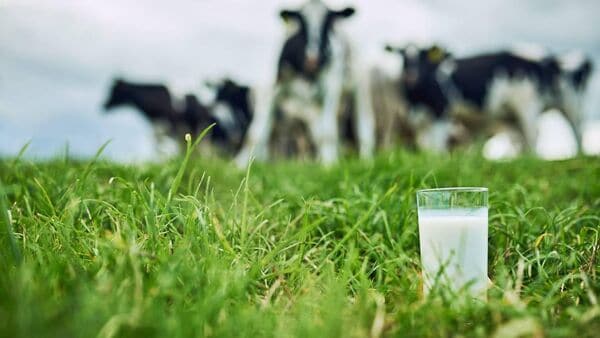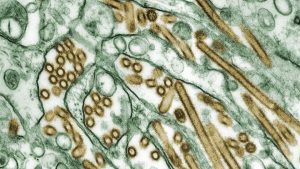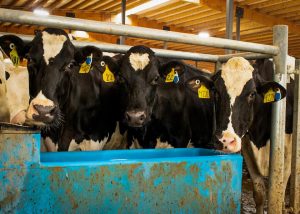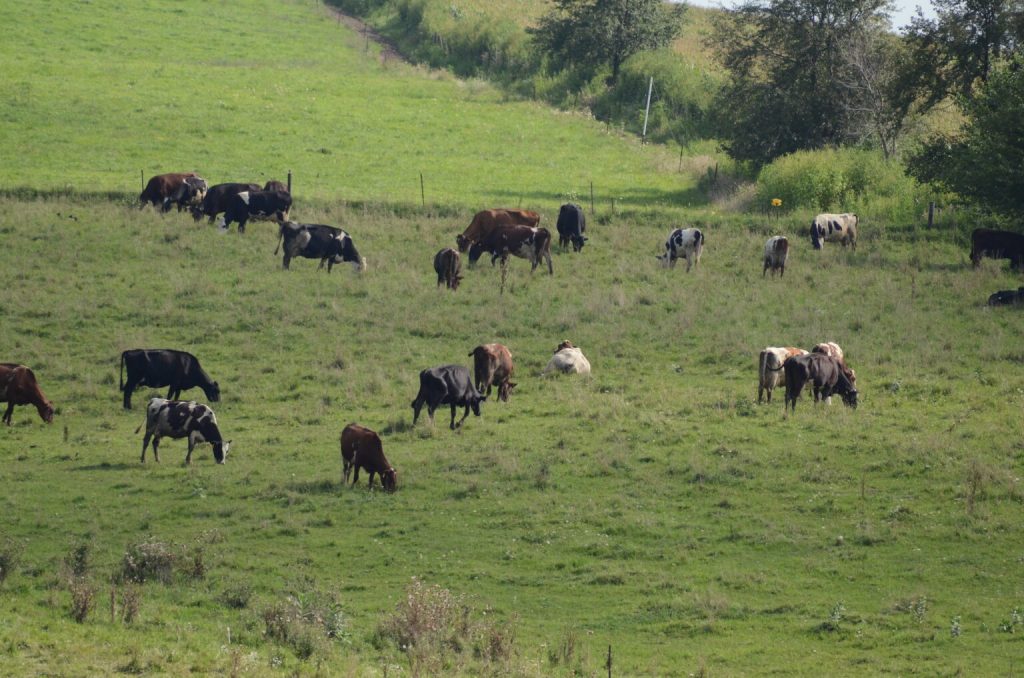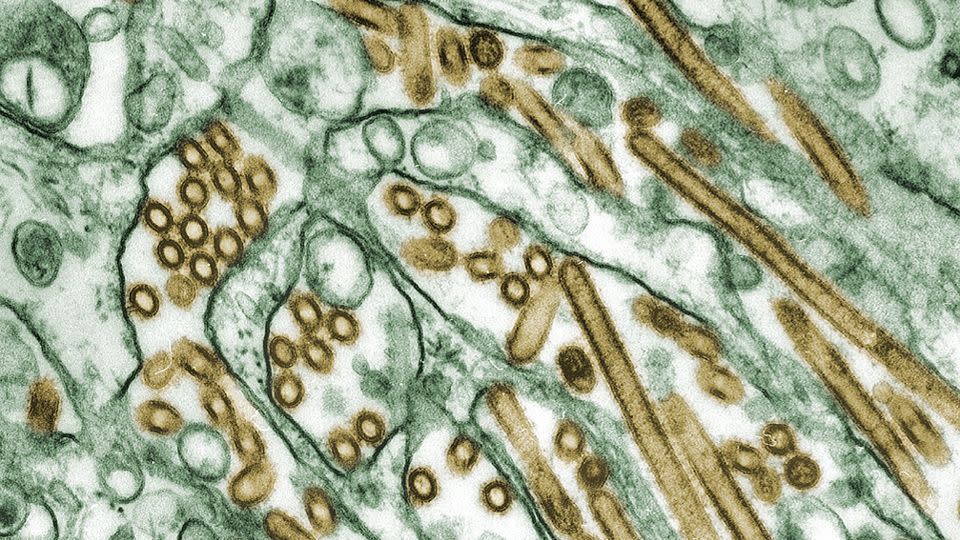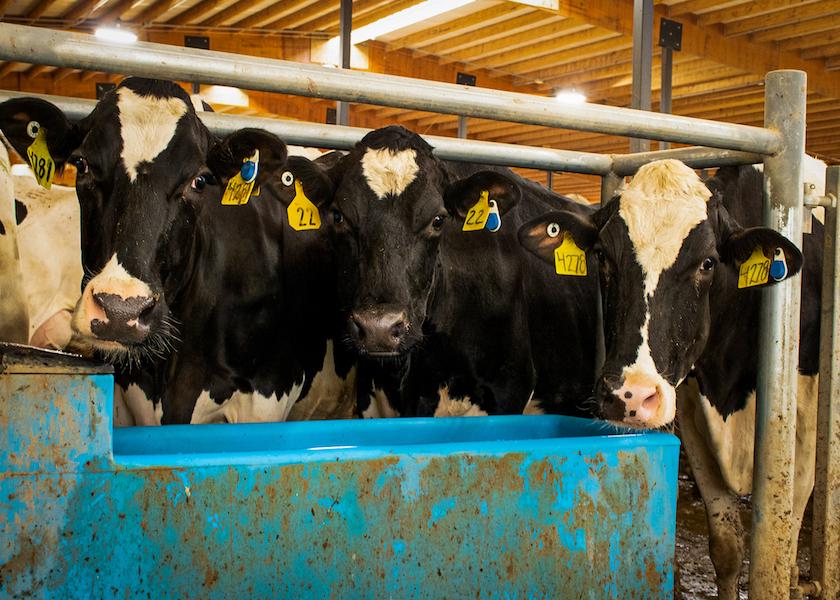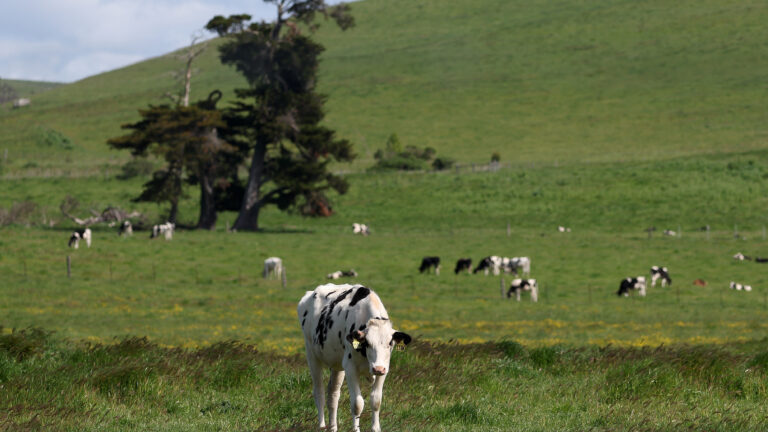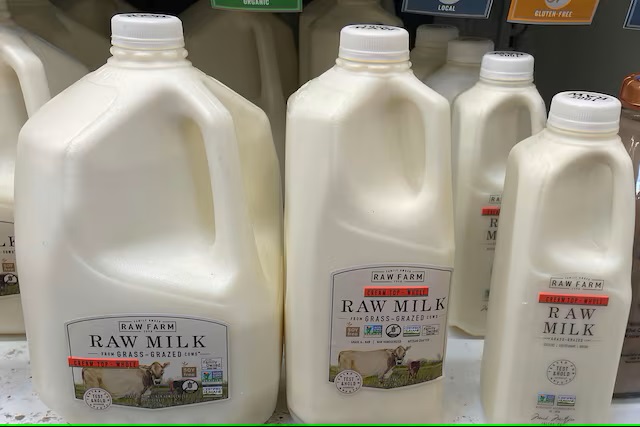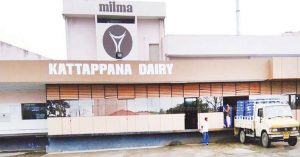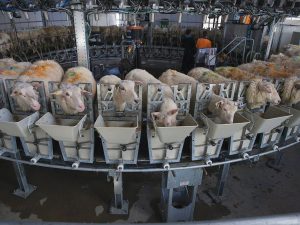The ASAI determined that the “advertising should not reappear in its current form unless independent evidence was provided for the claims made”.
A complaint made against the National Dairy Council (NDC) for its claim of Irish dairy’s “most greenhouse gas emissions-efficient production system” has been upheld by the Advertising Standards Authority for Ireland (ASAI).
The ASAI said that a webpage on the National Dairy Council’s website promoting the Farmer Ambassador Programme included the following statements:
“Irish dairy has the most greenhouse gas emissions-efficient production system certainly in Europe and possibly in the world.
“Meeting growing international demand for dairy by producing it in Ireland is the best way of tackling the global climate change challenge.”
The complainant considered both of these claims to be “misleading” as they “believed that Ireland ranked one of the highest in Europe for greenhouse gas emissions, ranking 47th out of 59 on actions to curb greenhouse gas emissions”.
Story of Irish dairy
The National Dairy Council’s response to the complaint said that the advertising campaign “was telling the story of real Irish farmers and the actions they were taking to take care of the land they farmed”.
“They said that Ireland was unique in having a large number of small family-owned farms and traditionally, Irish farmers passed the land onto the next generation and therefore, they had a genuine interest in protecting the land for generations to come.”
The NDC had said that Irish grass-based dairy and beef production systems were “very carbon efficient”, the ASAI said, and the council had “referred to an EU study that rated Irish dairy production as the most carbon efficient in the EU”.
“They said that Ireland was one of the few countries in the world to have a predominantly pasture-based production system, with cows out in the fields between 240 and 300 days a year and 95% of their diet was grass.”
Carbon hoofprint
Additionally, the NDC said that “litre for litre, Ireland was one of the best countries in the world at producing dairy, with the carbon hoofprint of a litre of milk stood at around 0.97kg CO2-eq, compared to an average of over 2kg elsewhere”, according to research.
“They said that millions of people around the world relied on dairy as part of a nutritious, balanced diet, and demand for dairy products was buoyant and growing.
“They said that moving dairy to other countries could only result in a global increase in greenhouse gas emissions, otherwise known as ‘carbon leakage’.”
The NDC also argued that farmers across the country “were investing in new technologies and methodologies designed to offset their carbon footprint”, the ASAI stated.
“They said that beyond production, their farmers were dedicated to the environmental wellbeing of their farms, moving fences out from hedgerows and watercourses to increase field margins, the areas between the grazing pasture and the field boundary, to leave space for nature and to help to keep pesticides, fertilisers and slurry away from watercourses and hedgerows.”
Complaint upheld
The ASAI determined that the “advertising should not reappear in its current form unless independent evidence was provided for the claims made”.
“The complaints committee noted that the claim made was that ‘Ireland had the most greenhouse gas emissions-efficient production system certainly in Europe and possibly in the world’ which the advertiser had said was evidenced in an EU study,” the ASAI said.
As evidence, the advertisers provided a copy of a document titled ‘The Dairy Carbon Navigator’ which referred to the EU study but did not identify it.
“The committee noted that the document provided was a guidance document for farmers on how to improve carbon efficiency and lower agricultural greenhouse gases on their farms and included a carbon navigator input sheet.”
While it was acknowledged this document “referred to the results of an EU study that rated Irish dairy production as the most carbon efficient in the EU”, there was “no evidence provided that Ireland had the most greenhouse gas emissions-efficient production system in the EU or ‘possibly in the world’.
“The committee noted the requirements of the code that advertisers should hold evidence for claims made in their advertising. In this case, the committee did not consider that the documentation provided had substantiated the claim made in the advertising.”
Additionally, the committee noted the claim made was ‘meeting growing international demand for dairy by producing it in Ireland is the best way of tackling the global climate change challenge’ which the advertisers “believed was evidenced by the fact that the carbon ‘hoofprint’ in Ireland was much lower than other countries”.
“The committee noted the advertisers had provided two documents, one which stated that the carbon ‘hoofprint’ of dairy in Ireland was 0.97kg CO2-eq, while the second stated that the global average for carbon footprint was 2.4 CO2-eq,” the ASAI said.
While the committee noted the difference in the carbon footprint/’hoofprint’ between Ireland and the global average, they noted that the study referencing the global average was dated from 2010, some 13 years earlier and no details had been provided as to where the global average had been sourced.
“The committee did not consider that evidence had been provided as to how producing dairy in Ireland to meet the international demand for produce was the best way of tackling the global climate change challenge.”
Second complaint
A second complaint against the NDC was also upheld in part.
A campaign appeared on radio, television, online and in press highlighting the climate efficiency of Irish dairy.
According to the ASAI, the advertisers said that the campaign “aimed to build a link between farmers and consumers, through stories of changing farming practices, of technological innovation and of tangible results, backed by substantiated fact”.
The ASAI advised that “any references to sustainability programmes in advertising include a direction to a source of information providing an explanation as to how the programmes were helping or intended to help the environment”.

